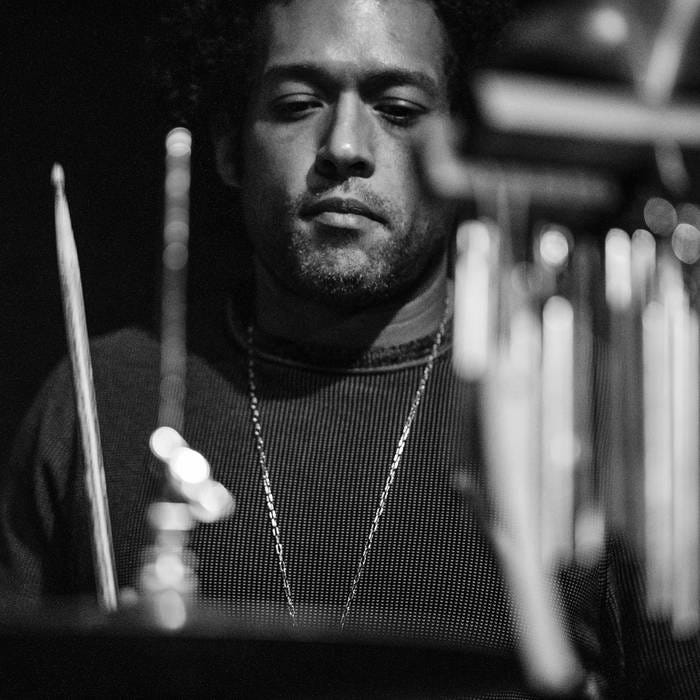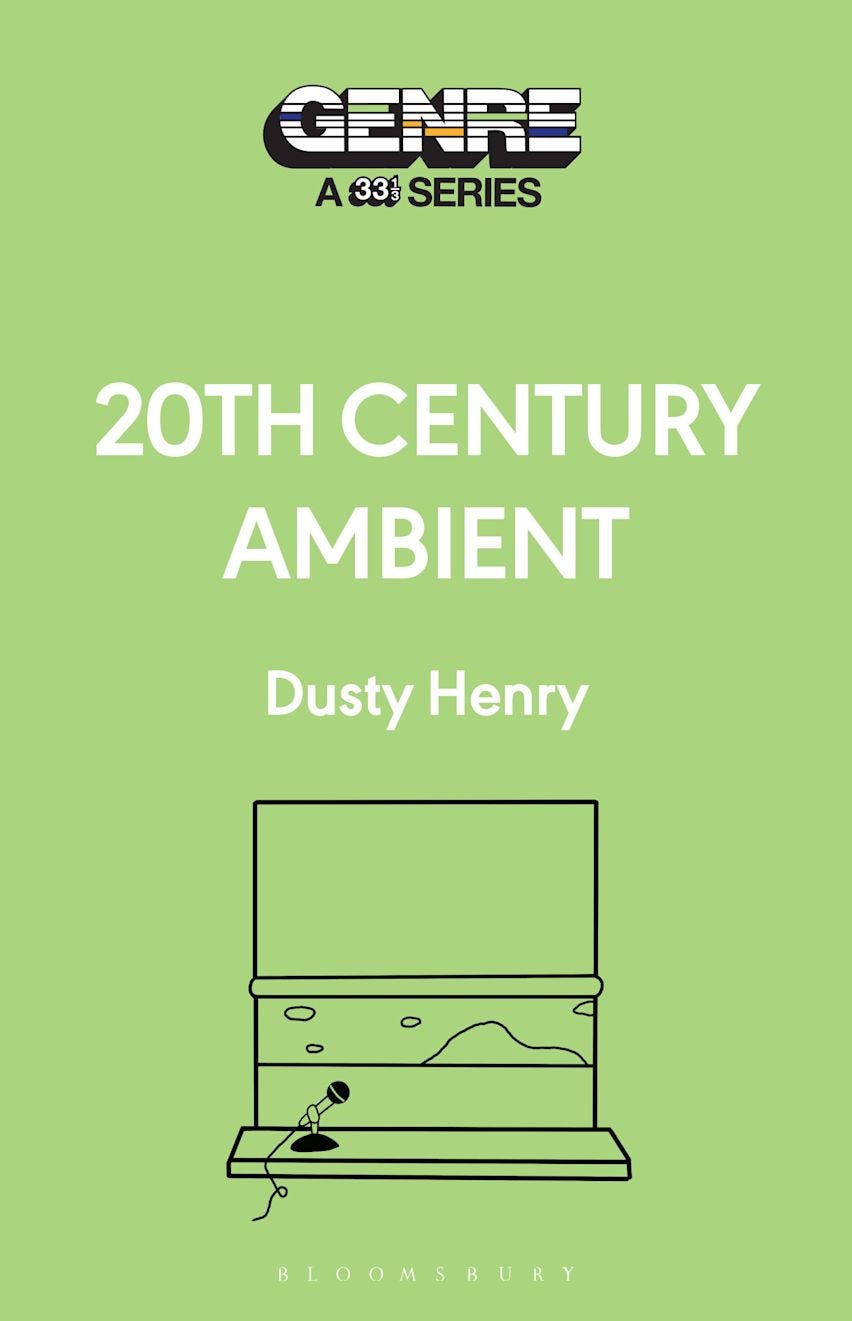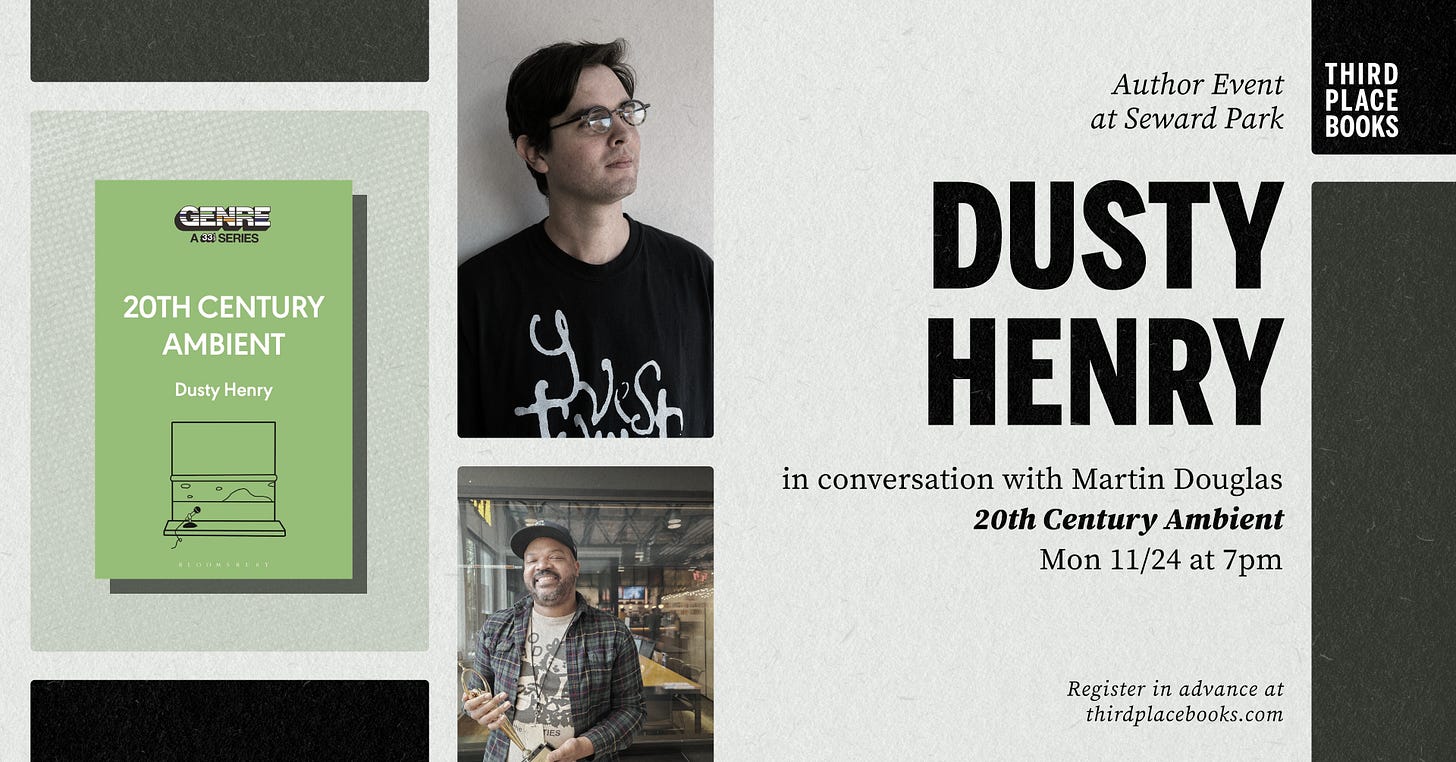A Sinking Feeling: Finding Solace in Gavin Bryars’ 'The Sinking of the Titanic'
How this Classic Orchestral Work Resonates from Tragedy to Perseverance
Of the many iconic moments in James Cameron’s blockbuster film Titanic, the one with the band is etched most clearly in my mind. As the nose of the ship dips further and further into the water and the guests manically rush to board the lifeboats, a string quartet sets down their instruments and says farewell to each other. But as they start to turn away, the violinist picks up his instrument and begins to play a hymn. Hearing him, the others turn back. One by one, the band joins in.
Chaos surrounds them. We see a montage of water bursting through cabin windows, an elderly couple embracing in bed as the ocean consumes them, the captain meeting his demise at the bridge. Before the band themselves are consumed, the violinist turns to the others and says, “Gentlemen, it has been a privilege playing with you tonight.”
With any movie “based on real events,” you still have to suspend disbelief about what may or may not have actually happened. But by historical accounts, this moment has some legitimacy to it.
“From aft came the tunes of the band... the ship was gradually turning on her nose—just like a duck that goes down for a dive. I had only one thing on my mind—to get away from the suction,” said the Titanic’s junior wireless operator Harold Bride in an interview with The New York Times in 1912.
He continued, “The band was still playing. I guess all of the band went down. They were playing ‘Autumn’ then. I swam with all my might—I suppose I was 150 feet away—when the Titanic, on her nose, with her after quarter sticking up in the air, began to settle slowly... The way the band kept playing was a noble thing… The last I saw of the band, when I was floating out in the sea with my lifebelt on, it was still on deck playing ‘Autumn.’ How they ever did I cannot imagine.”
I don’t think I need to try hard to convey the beauty of that act. The wherewithal to face certain death and turn to your instrument to make one last beautiful offering—to create music that might soothe the other passengers fighting for their lives—is incredibly profound. It’s become a metaphor I often reflect on: to be the band playing as the ship sinks. To go down using your gift for one final act of transcendence.
While working on 20th Century Ambient, I became acquainted with Gavin Bryars’ masterwork The Sinking of the Titanic. And I’ve found myself reaching for it more lately. As you might’ve guessed, the album is conceived as being the music played by the band as the mighty ship sank. But Bryars takes it further. It’s not just performing the music we think the band played (there’s some dispute over Bride’s claim that it was “Autumn” or “Nearer My God to Thee,” as they play in the film). Bryars fixated on the idea that the band never stopped playing—imagining what it must have sounded like as the band became completely submerged. While in reality this wouldn’t have been possible, conceptually it’s a beautiful thought. How does a string section sound playing a hymn underwater?
He composed a piece that grows murkier and murkier as it carries on. “Autumn” was a central inspiration, with other hymns worked in as well. The innate sorrowful beauty of the hymns adds to the drama of the premise. It’s heavy. It feels like plunging into the depths—water seeping through your shoes, soaking your socks, rising up the legs of your pants until before long you’re neck-deep in it.
Bryars’ The Sinking of the Titanic became the first album released on Brian Eno’s short-lived label Obscure Records in 1975. It was the same label on which Eno released two ambient masterworks—his own Discreet Music (1975) and Harold Budd’s The Pavilion of Dreams (1978). Eno had even played woodwinds in one of Bryars’ ensembles in the early 1970s and later saw him perform an early version of The Sinking of the Titanic with an orchestra. Eno credits wanting to release the work as the driving force behind starting the label in the first place.
This original recording is quite beautiful and a triumph of its own. But the music’s story doesn’t end there. Bryars revisited the piece numerous times in the decades that followed. Lately, I’ve become particularly transfixed by a version released nearly 20 years later, in 1994. After the wreckage of the Titanic was discovered in 1985, it reawakened Bryars’ fascination with the tragedy. He began to rework the piece and embellished it to flesh out the full story of the Titanic. He wove in recordings of interviews with the ship’s survivors, a children’s choir, woodblocks playing Morse code, and pieces of music played on both Irish and Scottish bagpipes to further honor the passengers.
Bryars recorded these new versions in environments that accentuated the piece. He forwent traditional concert halls and instead had the orchestra play in an old French water tower and a swimming pool. Recordings from both of these performances are woven together on the final album.
In 2025, I couldn’t feel further removed from this moment in history. It’s been over 100 years since the Titanic sank. Of course, its legacy in history and pop culture prevails. Who among us didn’t have to do a report on the wreck in school? Bryars’ work humanizes a moment that could otherwise feel detached as time goes on—a paragraph in a history book as opposed to a gut-wrenching loss of life.
And the music still has more to offer. I’ve been trying to think of why I would reach for this album now, of all times. I haven’t been thinking of the Titanic. But I have been thinking about sinking—and what it means to “go down with the ship.” I don’t say any of this to equate personal struggle with a tragedy like this, but the feeling evoked in Bryars’ music resonates whether you’re considering the original conceit or not. The music feels sonically submerged—like you’re being weighed down, enveloped in this bittersweet beauty.
We all have our own struggles to contend with. I (obliquely) overshare not to seek pity, but to relate. Many days I feel like I’m just trying to keep my head above water—the pressures and follies of career, trying to be a better person for myself and the people around me, doing my best to imagine a brighter future when the universe seems to curve another way. Sometimes it’s all you can do to tread water. I know I will persist—I hope that you do too. And yet, I want to immerse myself in The Sinking of the Titanic. It feels good to rest for a moment and wallow in its watery depths, to hear something that sounds like that sinking feeling in your gut. But inevitably, my thoughts turn back to that band on the ship—the band faced with certain death who decided to play on. Maybe it’s not an album just about tragedy. Maybe it’s really an ode to the persistence of the human spirit. That’s something to hang on to.
Stray Thoughts
LISTENING: Makaya McCraven – Off the Record EPs
I’ll confess here, in the spirit of radical transparency. When I saw that genius jazz drummer Makaya McCraven’s latest project was split into four EPs released at the same time, I first felt… annoyed. Yes, I knew I could just put them in a playlist (he even has an official one set up), but the “purist” in me knew I’d need to listen to them individually. Of course, whatever misgivings I had were moot. His 2022 album In These Times might be one of my all-time favorites. Of course I was going to listen to all four of these. And, by the end of it, it felt like I’d just gotten four incredible records at once.
All four EPs fall under the umbrella title Off the Record. Each one spotlights a different live show between 2015 and 2025. But more than capturing those individual performances, each EP feels like its own distinct experience. Techno Logic leans, as you might guess, further into dance and electronic influences. PopUp Shop blends hip-hop and psychedelia (I’d love to hear MF DOOM over “Venice”). The People’s Mixtape finds McCraven at his most experimental, pushing the boundaries of where his music can go. I find myself gravitating most toward Hidden Out!—the moodiest of the bunch (of course)—which features the incredible Jeff Parker on guitar for several tracks. All of McCraven’s collaborators are top-tier, but Parker’s guitar has always spoken to me.
All this to say: I should never doubt McCraven. If, like me, you were initially put off by the idea of four EPs, take them one at a time. Each one is a world unto itself, and there’s so much to discover within each piece.
20th Century Ambient Out Next Week!
We’re getting into the very surreal home stretch. Next Thursday will see the release of my first book, 20th Century Ambient. I know I’ve been promoting this book for a while, and I appreciate all of you who have pre-ordered or shared your enthusiasm for reading it. I really believe in this book and it’s been heartening to see so much excitement around ambient – a famously super exciting genre, haha.
Throughout the book, I explore the concept of ambient music and its surprising role in our lives. This is also the first book in the 33 1/3 series to include original illustrations. I found drawing to be a great way for me to process some of the lofty ideas and histories in this book. It covers everything from icons like Brian Eno, Laraaji, and Suzanne Ciani, as well as surprising, underexplored histories and influences that were building blocks to get us to the ambient we know and love today. I can’t wait for you to read it.
20th Century Ambient is out on November 13, 2025, from Bloomsbury Books. Don’t miss your chance to reserve a copy now.
Bloomsbury | Amazon | Bookshop | Barnes & Noble
Seattle Book Reading on November 24
If you’re in the Seattle area, I’ll be doing a book reading on Nov. 24 at Third Place Books in Seward Park. I’ll be joined in conversation by my good friend and co-host of The Cobain 50, Martin Douglas (he also runs the great Trick Bag Substack).
This is a free event! More details and RSVP link here.
Support Another Thought
Another Thought is a one-person operation, and I do all the writing, artwork, and shameless procrastinating myself. Supporting through paid subscriptions helps me keep stocked with supplies and will greatly help with the next evolution of the newsletter. I have so much more I’m excited to do. Get in early if you can. Even if you can’t support now, I seriously appreciate you reading and sharing.





Had the good fortune to see Bryars perform Sinking at Big Ears several years ago with orchestra and Philip Jeck on turntable. The spookiness of that composition perhaps has a through line to Leyland Kirby / The Caretaker’s work.
Love that record! I gifted it to a good friend a few years back and we were just talking about it this week. I found Gavin Bryars in my 20's when he did the 'Jesus Blood' record with Tom Waits.